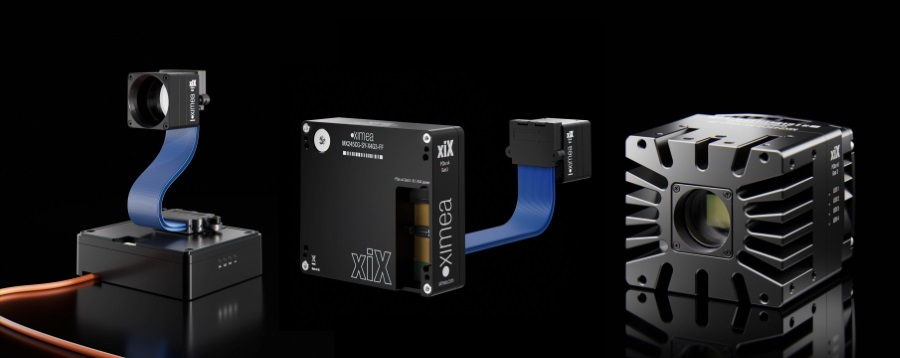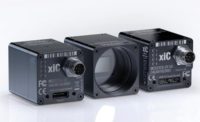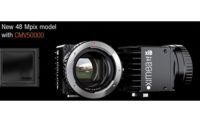New Product
XIMEA Sony CMOS Pregius S Camera Models

XIMEA has announced new full speed models with exceptional Sony CMOS Pregius™ S sensors. Outstanding properties of the next evolution of Sony CMOS sensors include the small pixel size in combination with BSI - backside illumination technology. Small pixels mean that sensors with a high resolution of 24.5 Mpix can stay very compact contributing to closer proximity for multi-camera setups.
The backside illumination compensates for the small pixel and even improves the standard parameters, offering low noise, high dynamic range, and sensitivity. The new technology outperforms the low-noise values of CCD sensors at the same time providing high-speed bandwidth with a Global shutter. The pixel size of 2.74 µm helps to use C-mount lenses thus improving the cost-effectivity and enabling miniature size for mobile and multiple camera systems.
To leverage the tiny size of Sony sensors, XIMEA has integrated them into the smallest form factor where the camera head measures only 26 x 26 x 33 mm. The camera head is wrapped into innovative housing where the sensor part can be detached while the camera body enhances the speed through 32 Gbit/s.
Typically, the camera size depends and is limited by the surface of the largest integrated printed circuit board (PCB) and its components. XIMEA has developed a solution how to split the camera into separate pieces, isolating the PCBs and connecting them via a flat flexible ribbon cable. This approach is unique especially in the case of high-speed cameras as it allows minimizing the sensor footprint distancing it from the main body by up to 3 meters.
The super-fast speed of 32 Gbit/s data throughput is able to ensure 16 Mpix at 150 Fps, 20 Mpix at 110 Fps, and 24 Mpix at 105 Fps.
In addition to all mentioned, among the exciting new features is the Dual ADC of low and high gain modes, the fusion of which as a result produces HDR images. The processing of Dual ADC is done on the sensor side, plus XIMEA added the off-sensor FPGA merging that results in the linear response curve. Besides other features, the present is also the ultra-short interval between two shutters (interframe time), important for PIV applications - Particle image velocimetry.
As a bonus, the models can be implemented with exposure time monitoring and an improved on-sensor thermometer.
XIMEA
http://www.ximea.com
Looking for a reprint of this article?
From high-res PDFs to custom plaques, order your copy today!





